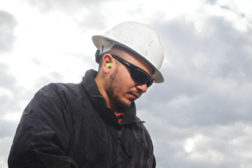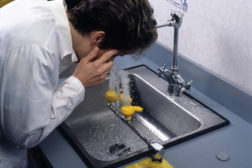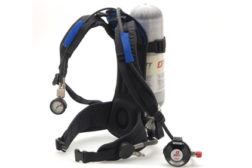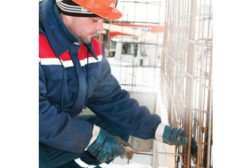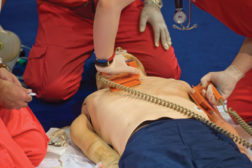Articles by Maureen Paraventi
The global system for classifying & labeling chemicals
OSHA’s HAZCOM 2.0- Everything you need to know to comply
May 3, 2012
Obama's delay on Clean Air standards draws sharply divided reactions
NRDC calls it "Friday Smog Massacre"
September 6, 2011
Never miss the latest news and trends driving the safety industry
eNewsletter | Website | eMagazine
JOIN TODAYCopyright ©2024. All Rights Reserved BNP Media.
Design, CMS, Hosting & Web Development :: ePublishing
